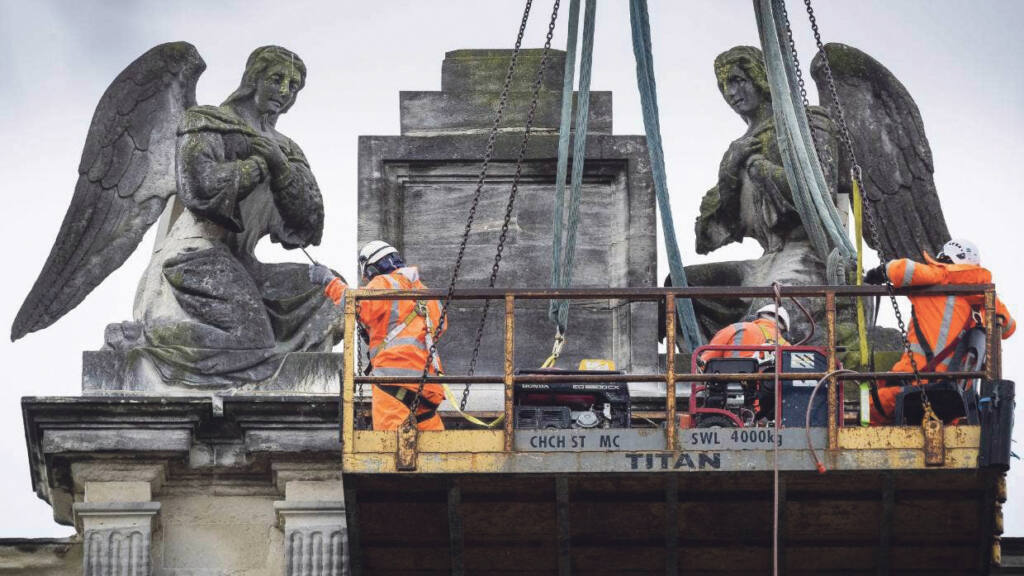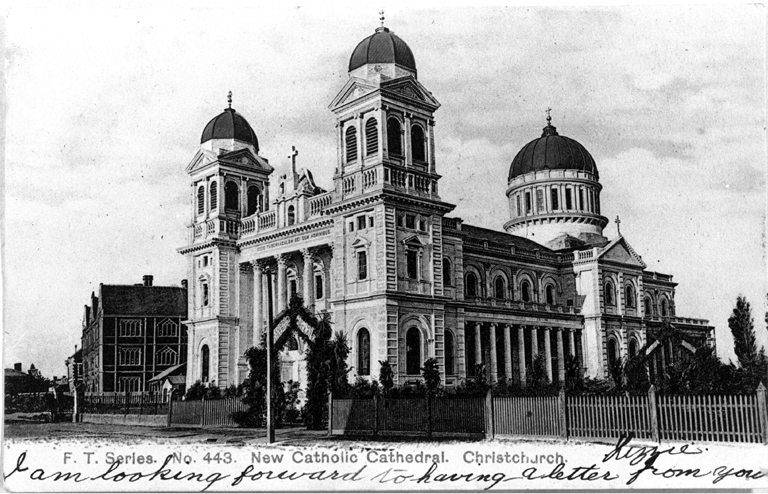WelCom November 2020

Mike Stopforth
Work on the demolition of the historic Cathedral of the Blessed Sacrament, in central Christchurch, commenced in September and is expected to take up to a year to finish.
Completed in 1905, the Catholic Cathedral on Barbadoes St, was closed after being damaged in the September 2010 earthquakes and received further more substantial damage in the February 2011 earthquakes.
Speaking on September 1, 2020 the Catholic Bishop of Christchurch, Paul Martin, said even though the decision to demolish the cathedral was made a year ago there was still sadness in seeing the building being demolished.
‘Work will commence from the eastern or rear end of the building, firstly removing the unstable arches and other highly hazardous elements. The roof and other high and overhead elements will follow as they form significant hazards.
‘Work on the cathedral will progress towards the west with the Barbadoes St frontage being the last area demolished.

‘Even though much work has occurred over many years to remove badly damaged sections of the cathedral as part of the stablisation process, the site remains very hazardous and dangerous’, Bishop Paul said.
Work methodologies will be driven by health and safety best practice to ensure the protection and safety of the people involved.
The remains of Bishop John Grimes, Bishop Edward Joyce and Bishop John Cunneen, who are buried under the floor of a side chapel, will be disinterred once the cathedral has been deconstructed to ground level.
‘Planned salvage of the angels and some of the columns will be undertaken early in the project, but any other salvage activities will be opportunistic in nature, and subject to being able to safely access areas of the building. This also includes recovery of other items such as stained glass windows and plaques.
‘Ornate stone elements may be retained for future projects where opportunities are identified. While it would be desirable to incorporate some of the recovered artefacts into the new cathedral, successfully merging two architectural styles from different eras into a modern building can be extremely difficult to achieve.
‘There is a willingness for this to happen but it might not be possible,’ Bishop Paul said.
Protranz are the contractors on the $1.8m project.
Mike Stopforth is Director, Bishop’s Pastoral Office, Catholic Diocese of Christchurch.